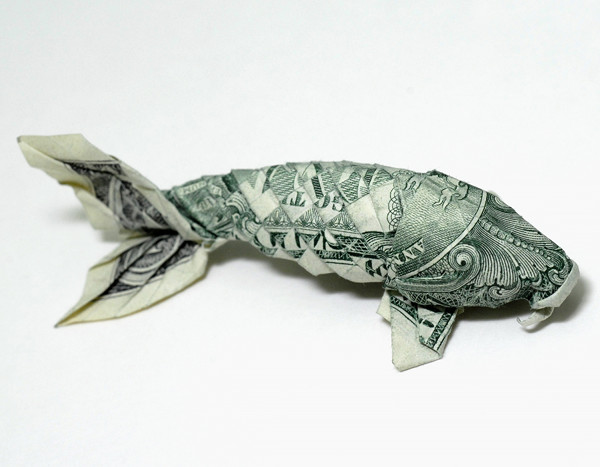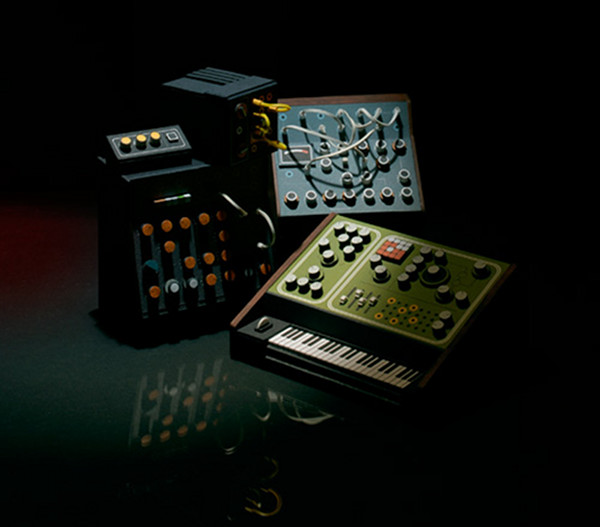Florida's Marijuana Boom: House-Grown, and Potent

California may be the center of the marijuana trade and the controversies over its legalization. But Florida has surpassed it in one important category: the Sunshine State is now the country's leader in indoor marijuana cultivation. It is a potent distinction because most of the marijuana grown this way is cultured hydroponically — that is, mostly without soil and with a carefully calibrated cocktail of chemicals and lighting — to create some of the highest level of highs on the market.
In 2006, Florida law enforcement here discovered 480 homes growing marijuana indoors. Last year, 1,022 grow houses were busted. "This isn't your grandma's marijuana," quipped a Miami-Dade narcotics officer at one bust as he tossed garbage bags stuffed with confiscated marijuana into an unmarked police truck. Levels of THC — the agent in marijuana that produces feelings of euphoria, and in some users mild hallucinations and paranoia — have risen dramatically because of indoor techniques. Thirty years ago, most marijuana contained about 7% THC. Today, indoor growers boast THC levels of 25% or higher thanks to the additional care that indoor plants receive. (See pictures of 4/20, the unofficial pot holiday.)
Indoors, high-powered lights that stimulate growth can remain on all day, their nourishing rays reflected off the metallic-coated paper covering walls. The chemical fertilizers used are just as powerful and nourishing, spawning fast-growing plants that produce more THC than those raised outdoors. (See pictures of America's cannabis culture.)
TIME accompanied undercover agents on a recent bust on a quiet street of a working-class Miami suburb. As soon as the agents enter the front door, they know they've acted on a good tip. The pungent smell of plant life fills the air. The ceiling of the master bedroom is a constellation of high-powered lightbulbs emitting a nourishing glow onto what officers estimate is more than 100 lb. of particularly potent marijuana plants with a street value upwards of $800,000. (See pictures of stoner cinema.)
While most of the marijuana is freshly cut and drying on a clothesline stretched across the room, pots of smaller plants still months away from maturing line the walls. An irrigation system supplies water and chemical fertilizers to the plants via a hose that runs into the adjacent bathroom, where the toxic brew used to accelerate plants' growth is dumped down a drain.
On the Florida market, a pound of indoor grown marijuana goes for upwards of $4,000. But in the Northeast, the best market for Florida growers, the same marijuana goes for about $8,000 a pound. Unlike their closest regional rivals, Florida growers can produce up to four crops annually.
"These operations are mushrooming all over the state of Florida," says State Attorney Katherine Fernandez Rundle for Miami-Dade County, the de facto capital of the state's indoor pot industry. Taking these operations down is dangerous work. Some growers stockpile automatic weapons to protect themselves — and to fend off thieves who are after the valuable crop. (Watch TIME's video "Medical Marijuana Home Delivery.")
Miami Police Major Charles Nanney says informants played a crucial role in the success of a statewide crackdown in June that resulted in the seizure of 6,828 marijuana plants and 120 residential marijuana labs over the course of a few days. Among the best tipsters, they say, are electricians paid big money by growers to wire the sophisticated network of lights and air conditioners used to cool plants and subject them to round-the-clock illumination. The energy-chugging networks require an expert's touch to bypass the electric meter and tap straight into the grid. A sharp increase in electricity used to be a telltale sign of a grow house. Some growers have caught on, however, and are learning to mask their energy profile.
Money-laundering is an attendant crime. But so is trafficking in undocumented migrant workers. A single marijuana growing operation can consist of a dozen homes or more, requiring many hands to tend to the plants. And when arrests are made, those taken in are often neither the homeowner nor the person named on the lease. The actual operators usually elude capture. Still, workers are lured by the promise of a piece of the profits and rent-free living, sometimes raising children among the deadly high-voltage lights and other potential life-threatening apparatuses associated with indoor marijuana. (Read "Is Marijuana the Answer to California's Budget Woes?")
The state's real estate catastrophe contributes to the problem as well. Captain Joe Mendez from the South Florida High Intensity Drug Trafficking Area (HIDTA), says operators flush with cash are attracted to the abundance of cheap homes in Florida, particularly in Miami-Dade, which leads the state in foreclosures. While Florida's legitimate economy continues to flail, the HIDTA captain says indoor marijuana is thriving even though law enforcement is arresting more people every year. Says Mendez: "If the economic downturn remains as it is, I don't see any light at the end of the tunnel."



































































